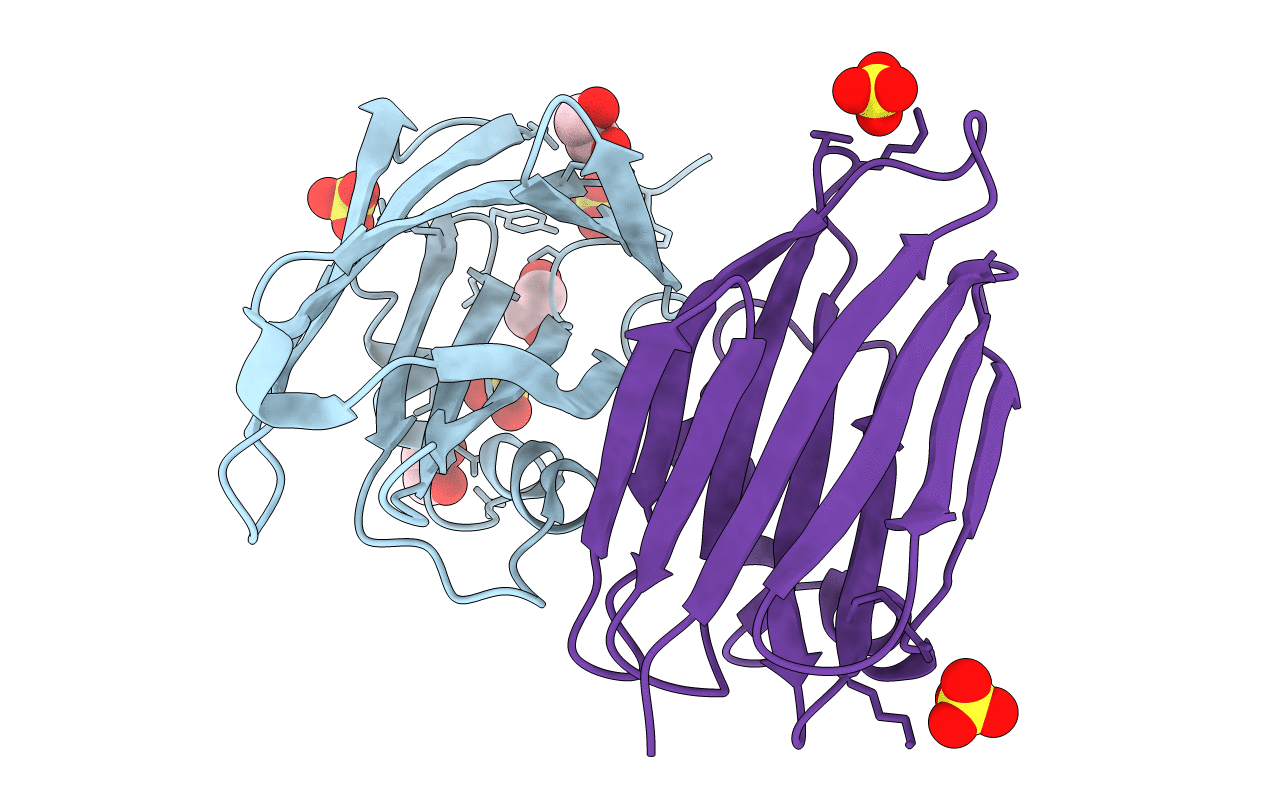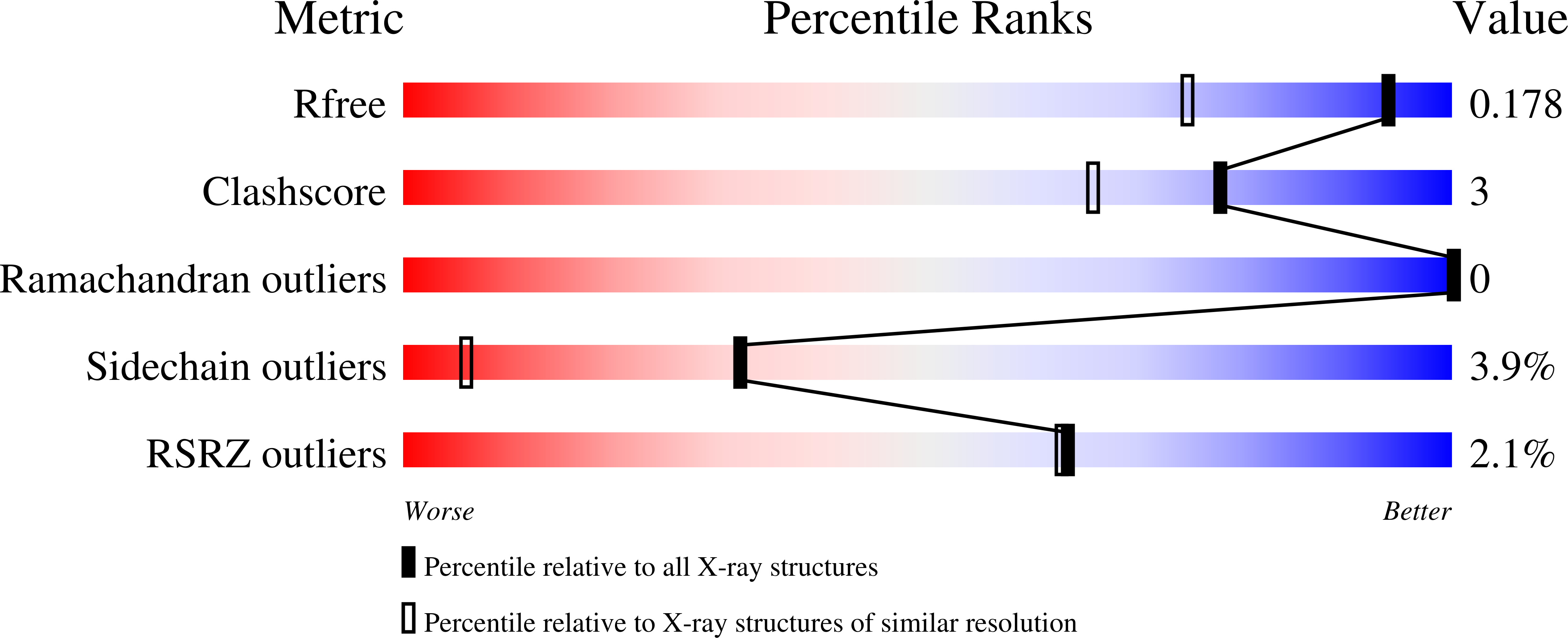
Deposition Date
2004-08-20
Release Date
2004-12-14
Last Version Date
2024-10-16
Entry Detail
PDB ID:
1X99
Keywords:
Title:
X-ray crystal structure of Xerocomus chrysenteron lectin XCL at 1.4 Angstroms resolution, mutated at Q46M, V54M, L58M
Biological Source:
Source Organism:
Xerocomus chrysenteron (Taxon ID: 5386)
Host Organism:
Method Details:
Experimental Method:
Resolution:
1.40 Å
R-Value Free:
0.18
R-Value Work:
0.17
R-Value Observed:
0.17
Space Group:
P 32 2 1


